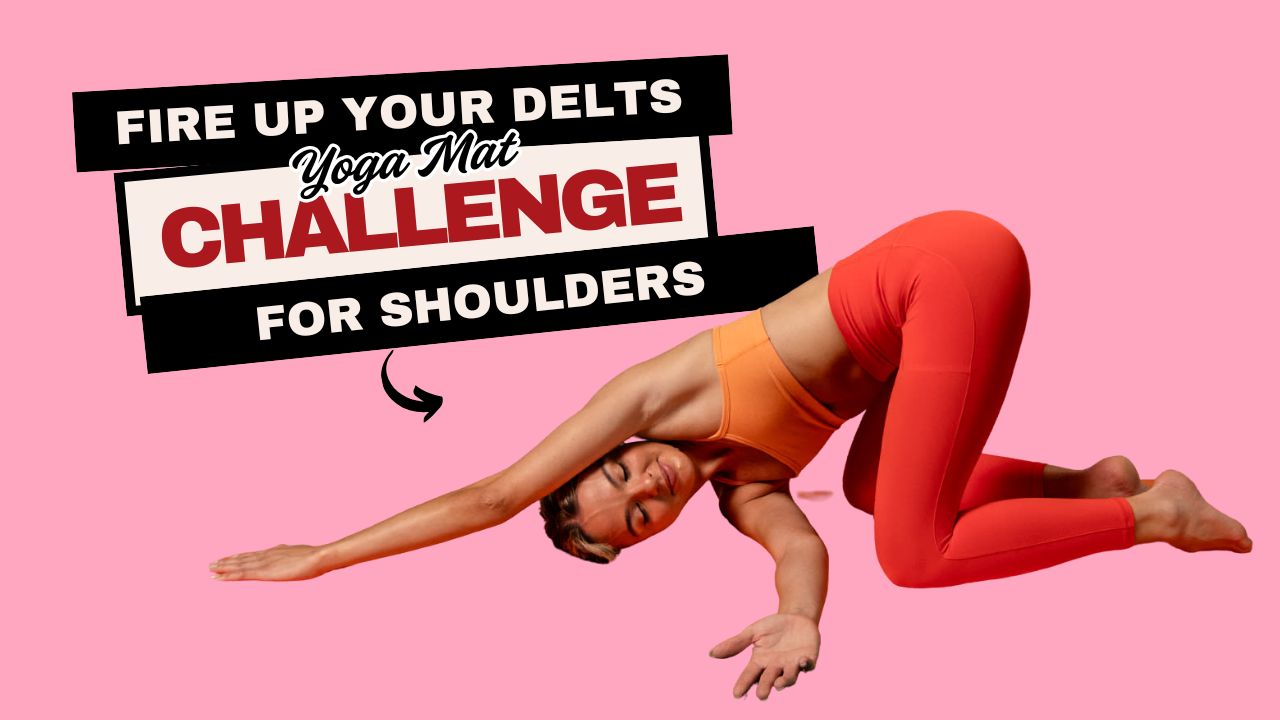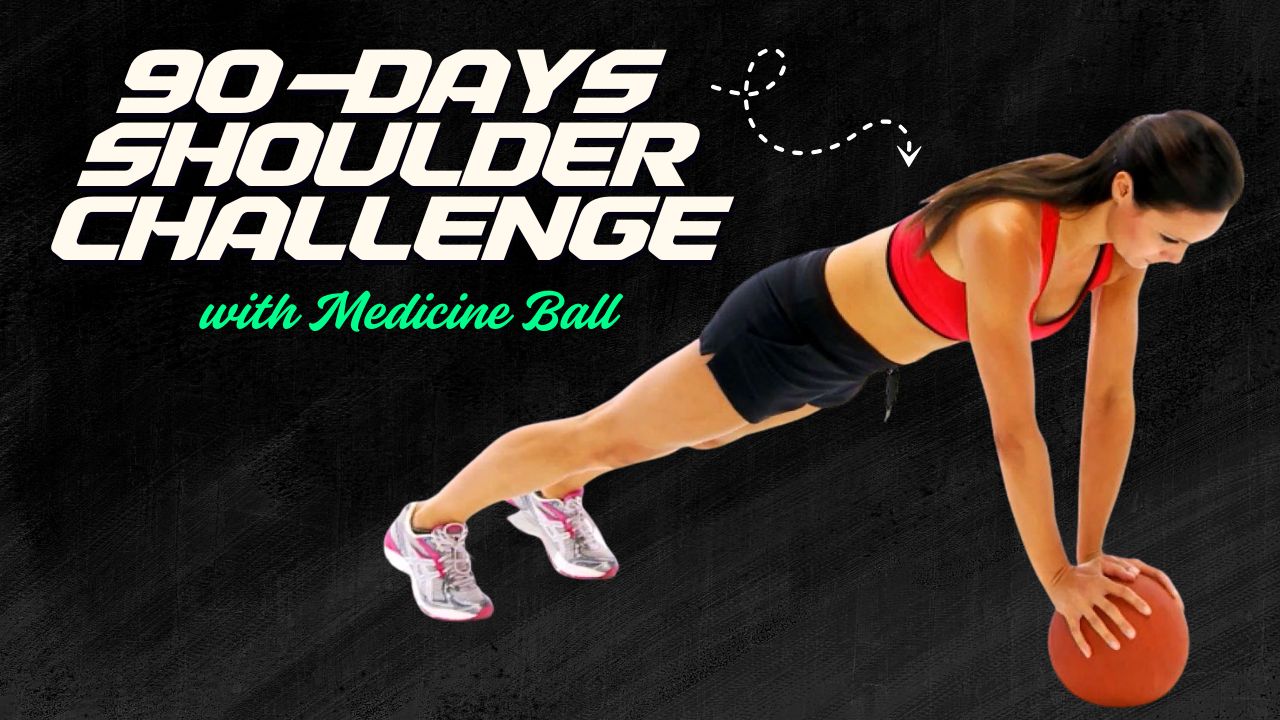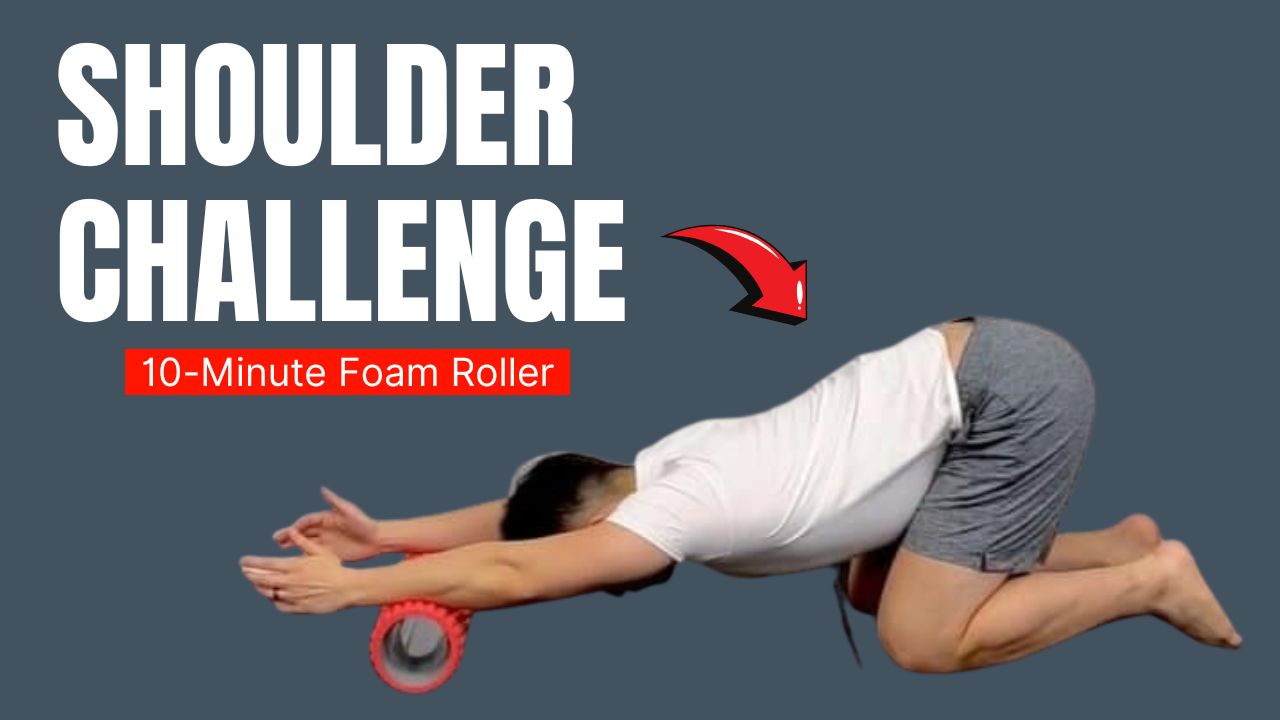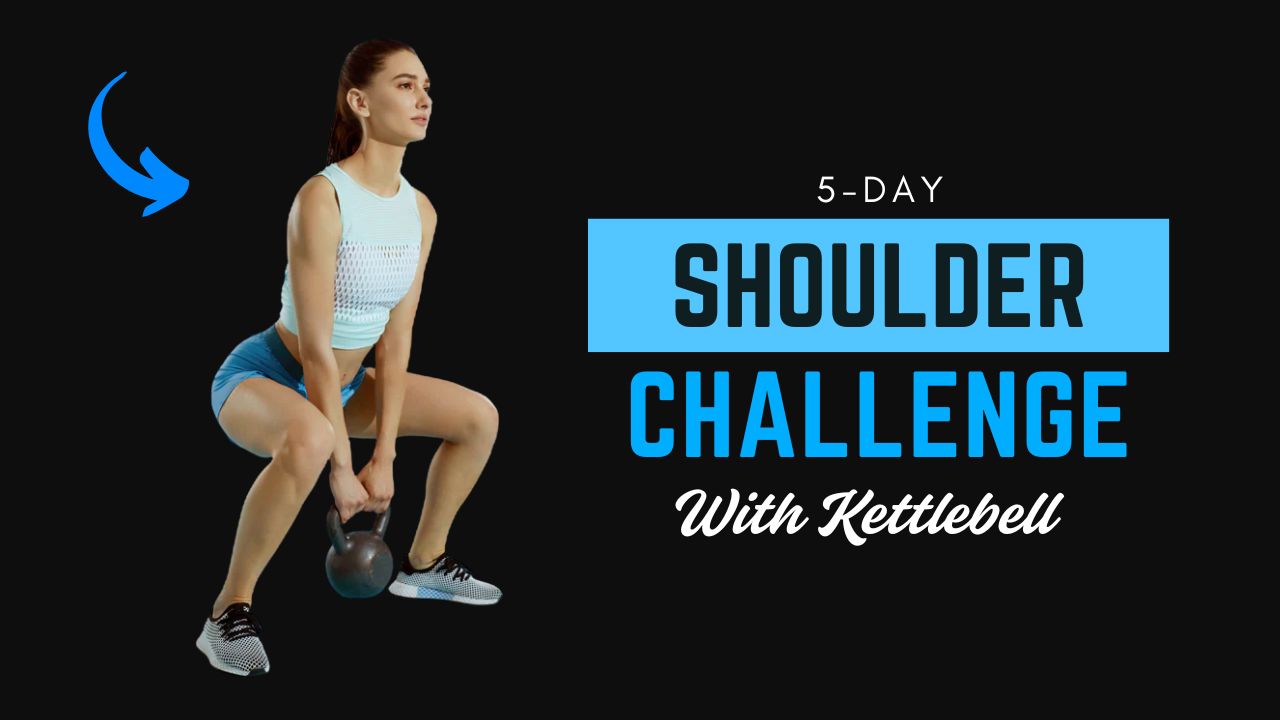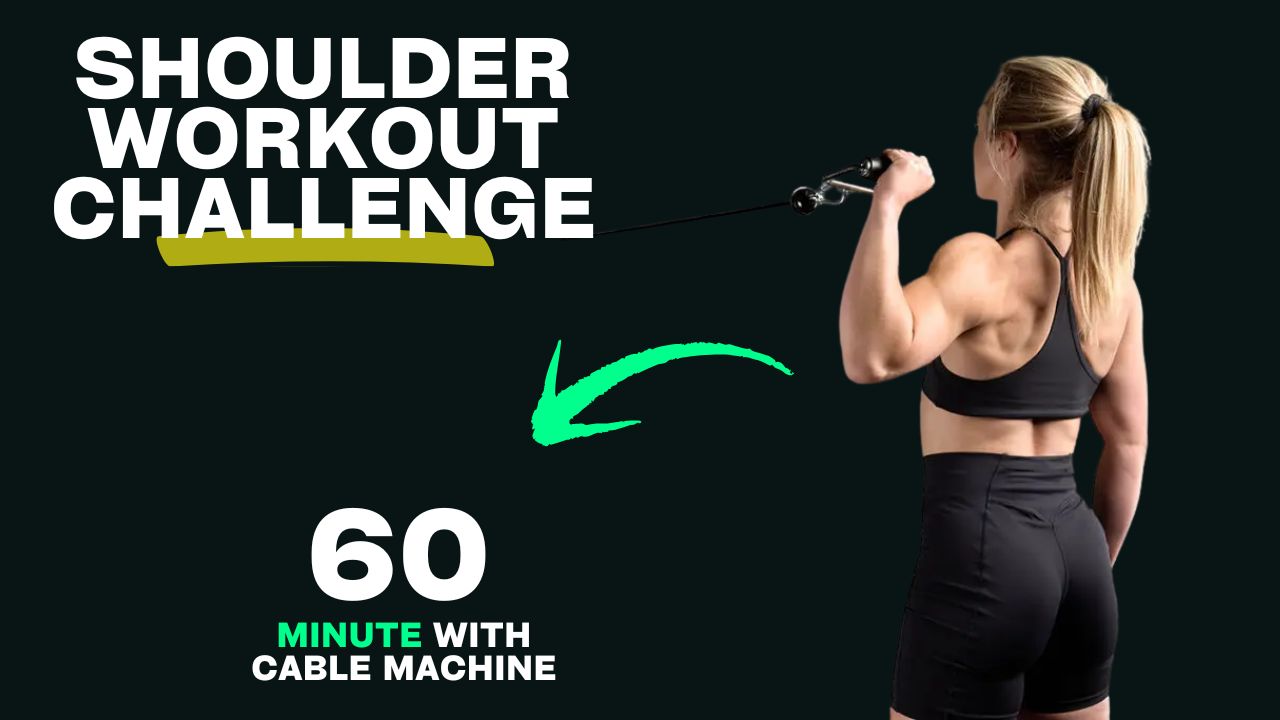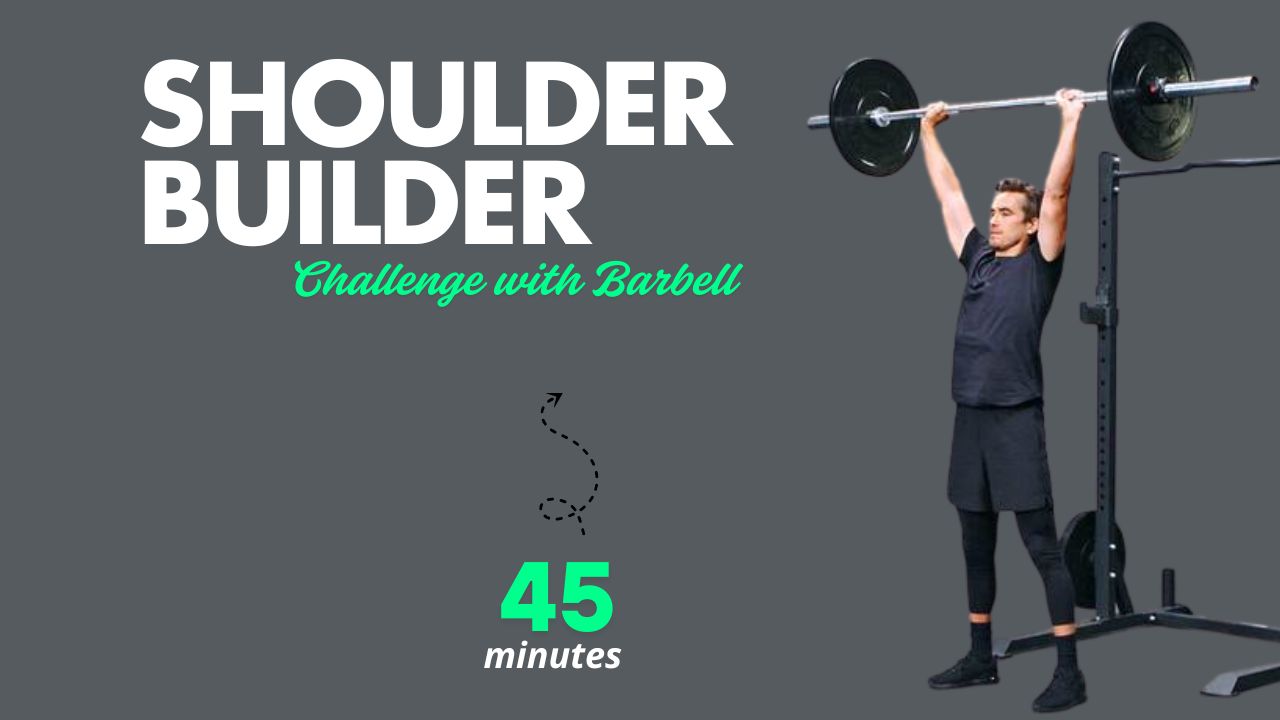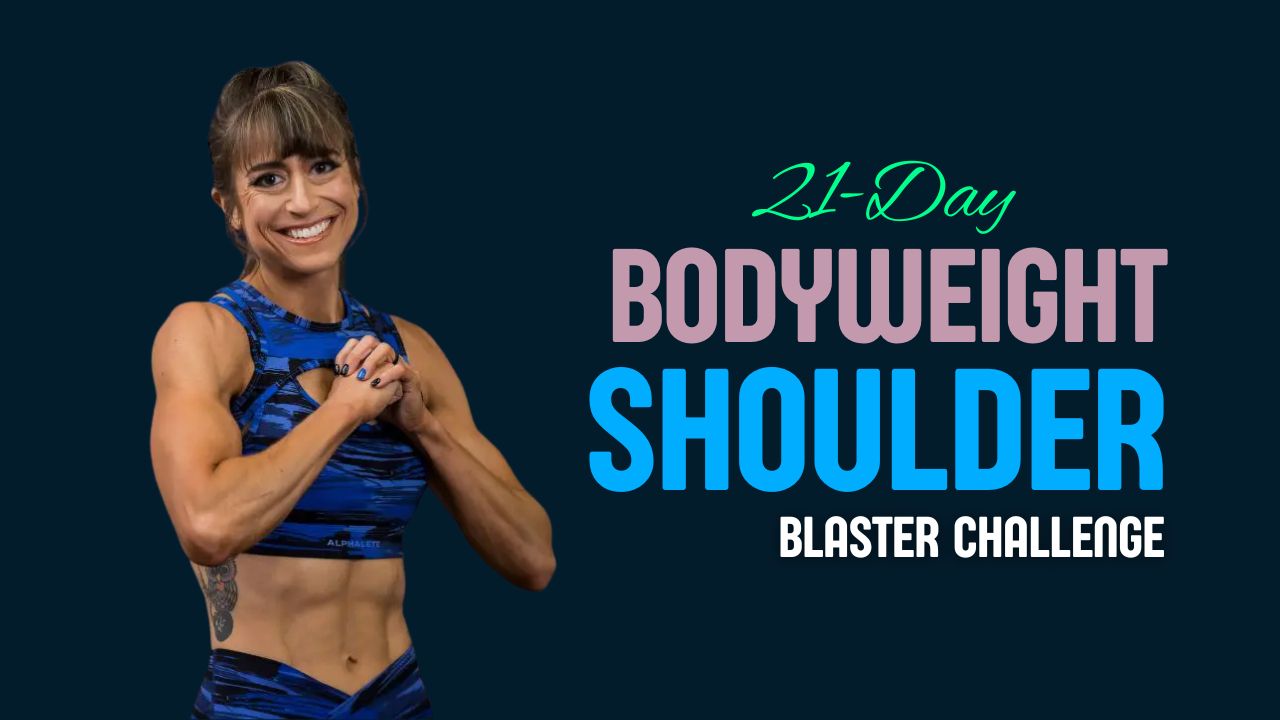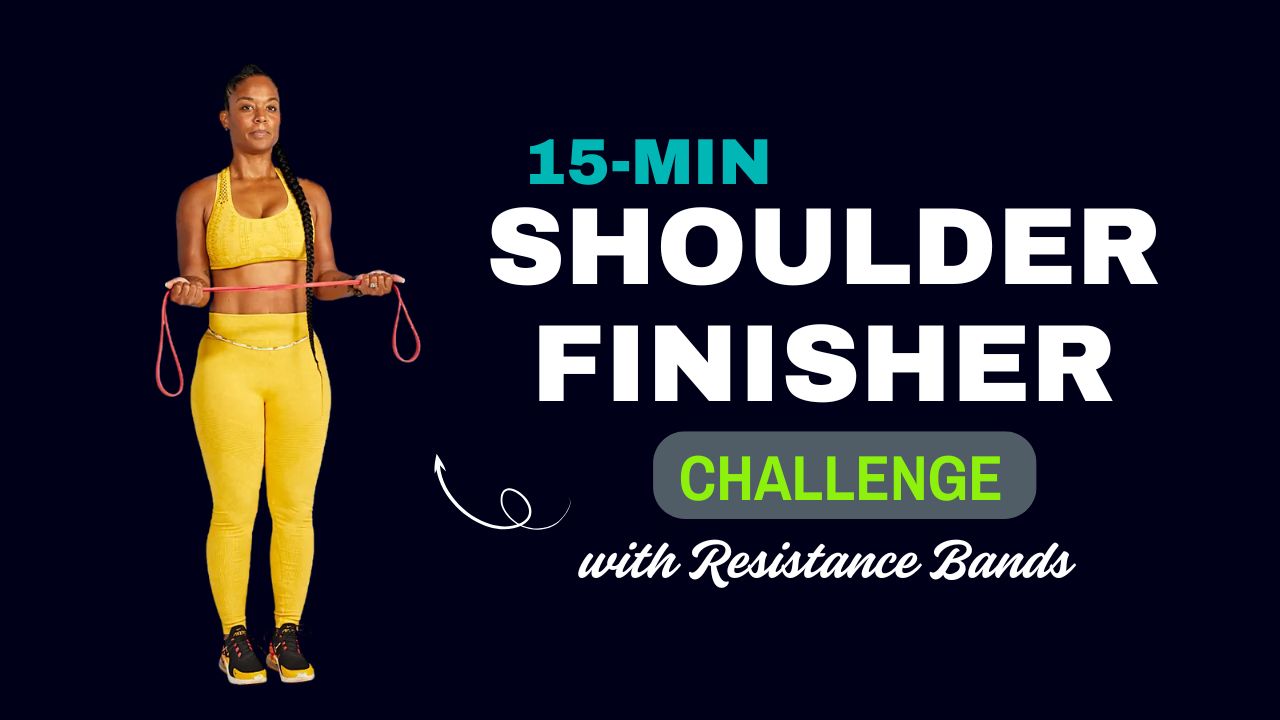Do you know that one of the most ignored areas in strength training is also the key to avoiding some of the most common gym injuries? Yes — the lower back.
A strong lower back isn’t just about aesthetics; it’s about mobility, posture, and long-term spinal health. And when it comes to serious strength, nothing hits like a barbell.
Let’s break the myth — working your lower back doesn’t mean endless back extensions or dangerous moves.
When done correctly, barbell exercises can reinforce your posterior chain, improve core engagement, and protect your spine from future pain.
In this guide, we’ll walk through 10 effective barbell lower back workouts designed to help you build functional strength and prevent nagging pain, with step-by-step how-to instructions, benefits, and safety cues.
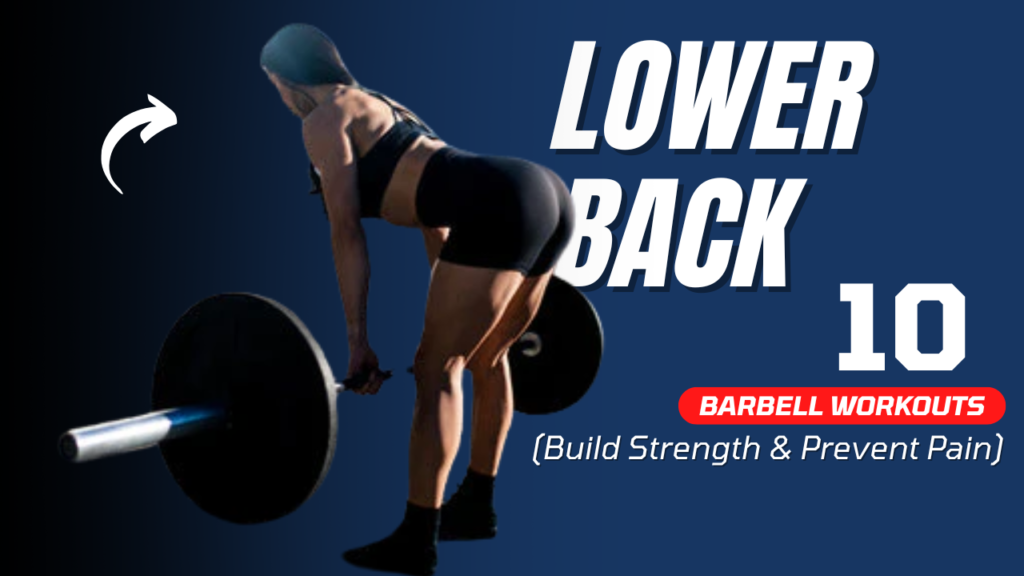
Table of Contents
What Happens After 30 Days of Barbell Lower Back Workouts
| Positive Changes | What You May Notice |
|---|---|
| Improved Posture | Standing taller, reduced slouching |
| Increased Lower Back Strength | Heavier lifts feel more stable and controlled |
| Reduced Back Discomfort | Less tightness during daily activities |
| Better Core Stability | Improved balance and coordination in other exercises |
| Enhanced Hip Hinge Mechanics | Easier bending and lifting with less strain |
| Boost in Posterior Chain Power | Stronger glutes and hamstrings, better athletic performance |
| Higher Energy & Endurance | Lower fatigue during workouts and day-to-day movements |
| Greater Confidence in Lifting | Less fear of injury, improved mind-muscle connection |
| Visible Muscle Definition | Firmer, more toned lower back and glute area |
| Injury Prevention Foundation | Reduced risk of strains and posture-related issues |
Also Read: 11 Dumbbell Back Workouts for a Stronger, V-Tapered Physique
Do’s and Don’ts of Barbell Lower Back Workouts
| Do’s | Don’ts |
|---|---|
| Warm up with dynamic stretches before lifting | Don’t lift heavy without mastering form |
| Keep your back straight and core braced | Don’t round your spine during the lift |
| Start with light weights to learn technique | Don’t ego-lift or rush into heavy weights |
| Use a mirror or trainer for form correction | Don’t neglect proper breathing during lifts |
| Focus on controlled movement, not speed | Don’t perform reps with momentum or jerking |
| Incorporate rest days between back sessions | Don’t train your lower back every day |
| Include glute and hamstring activation drills | Don’t isolate the lower back alone every time |
| Engage your lats to stabilize the spine | Don’t ignore tightness or sharp back pain |
| Use a lifting belt for heavier sets (if needed) | Don’t rely solely on the belt for core support |
| Progressively overload with proper increments | Don’t jump weights without readiness or recovery |
1. Barbell Romanian Deadlift (RDL)
Why it works: Targets your hamstrings, glutes, and lower back while promoting hip hinge mechanics — crucial for spinal health.
How to do it:

- Stand with feet shoulder-width apart, holding the barbell in front with an overhand grip.
- Keep your knees slightly bent, and back flat.
- Hinge at the hips, lowering the bar close to your legs.
- Return slowly to standing without rounding the back.
Tip: Keep your core tight and neck neutral to avoid spinal stress.
2. Barbell Good Mornings
Why it works: One of the most underrated moves for strengthening the spinal erectors.
How to do it:
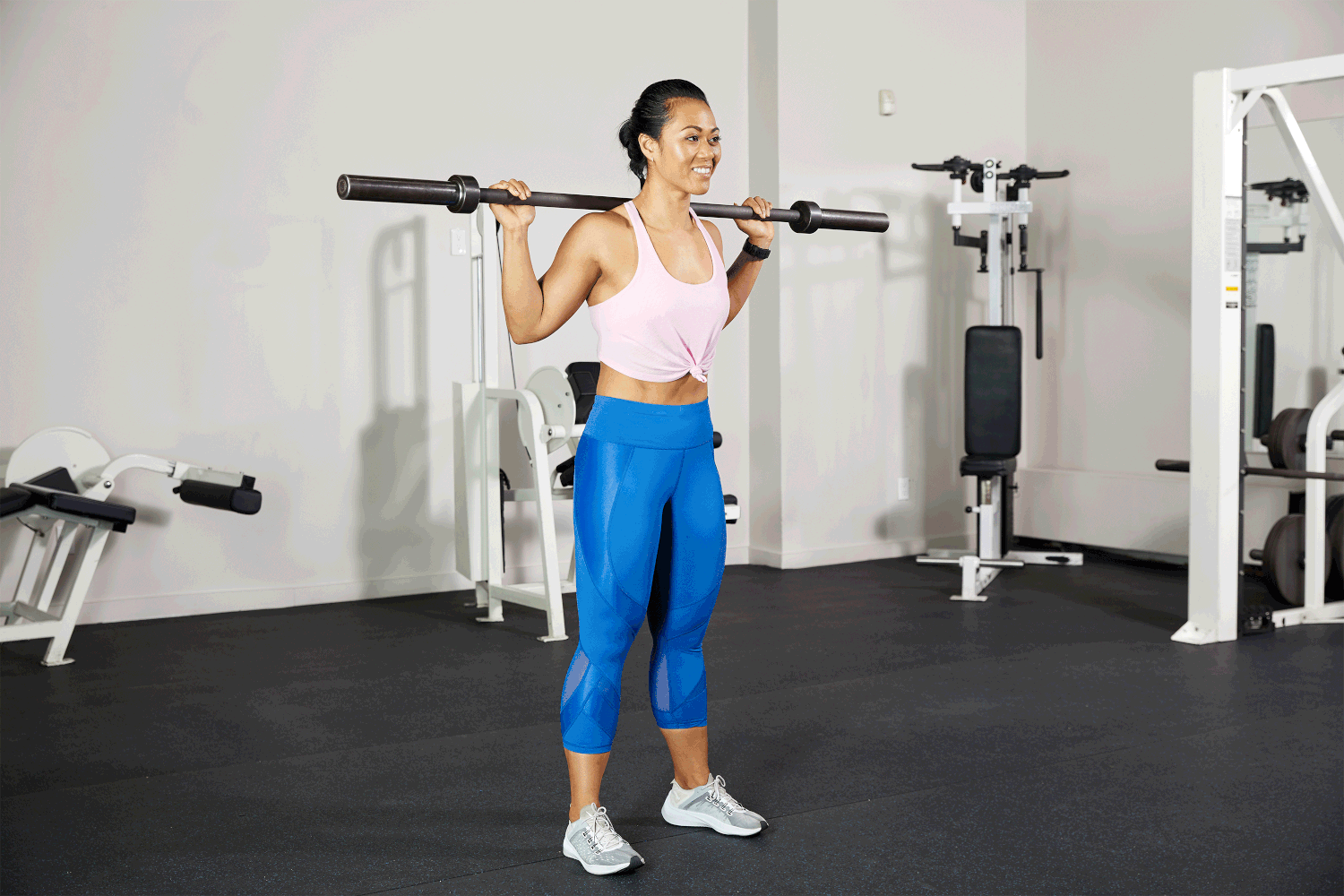
- Place the barbell on your upper traps (like in a back squat).
- With feet hip-width apart, hinge at the hips while keeping a soft knee bend.
- Lower your torso forward until it’s nearly parallel to the ground.
- Push through your hips to return to upright.
Fun fact: Despite its name, this move isn’t just for mornings — it boosts your posterior chain for all-day posture!
Also Read: 12 At-Home Lower Back Exercises Using Just Bodyweight
3. Barbell Deadlift (Conventional)
Why it works: A total-body strength builder that heavily engages the lower back.
How to do it:
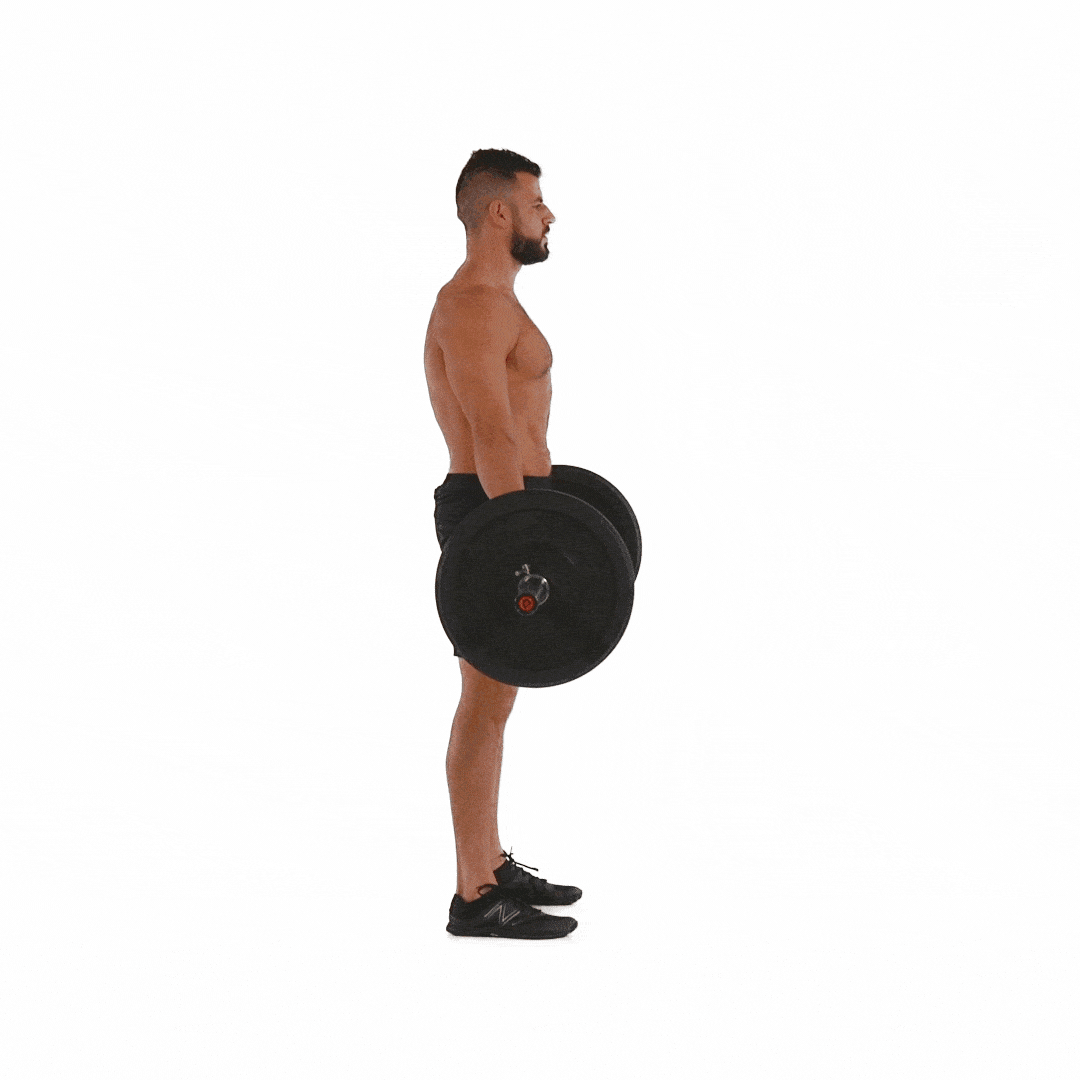
- Approach the bar with feet hip-width apart.
- Grip the bar just outside your knees.
- Hinge at your hips and bend your knees, keeping your back flat.
- Drive through your heels to lift, extending your hips and knees.
Safety cue: Always lock your lats and brace your core before lifting to protect your spine.
4. Barbell Rack Pulls
Why it works: Similar to deadlifts but focuses more on the lower back and upper glutes, especially in the top half of the movement.
How to do it:
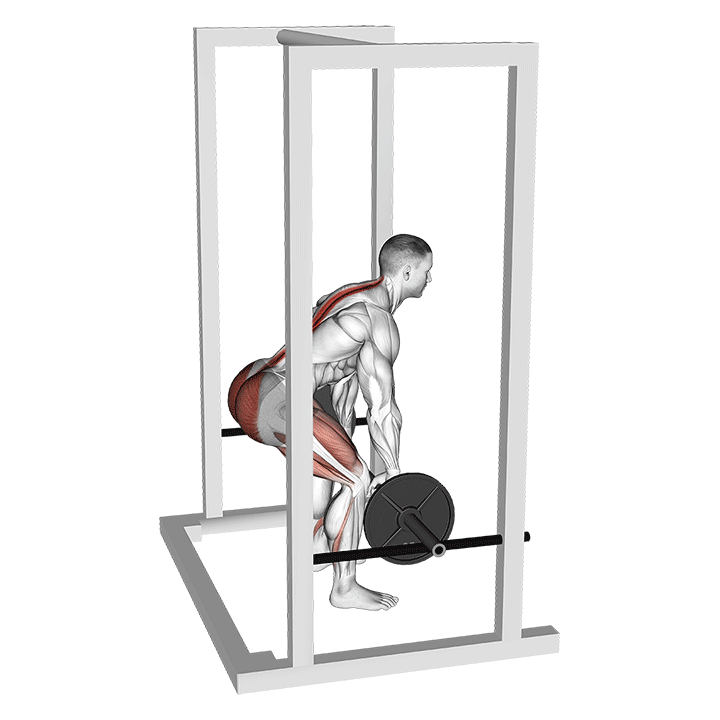
- Set the barbell on safety pins in a squat rack just below knee height.
- Pull the bar up using the hip drive, squeezing your glutes at the top.
Did you know? Rack pulls allow heavier loads with less strain on the knees, making them lower back-friendly.
5. Barbell Hip Thrusts
Why it works: Primarily a glute exercise but strongly activates the lower back as a stabilizer.
How to do it:
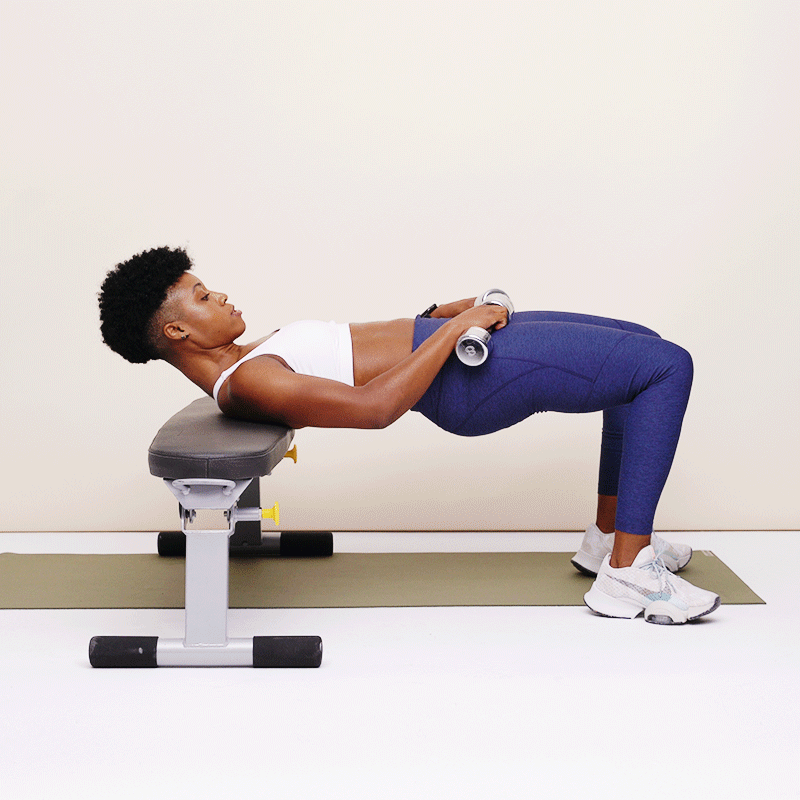
- Sit with your upper back against a bench and roll a barbell over your hips.
- Drive through your heels to lift your hips, forming a straight line from shoulders to knees.
- Pause, then lower.
Bonus tip: This move relieves lower back stress by strengthening the glutes — one of the body’s main stabilizers.
Also Read: 11 Abductor Exercises Using Equipment That Boosts Hip Strength
6. Barbell Bent-Over Rows
Why it works: Not just for the lats — a strong isometric lower back hold throughout helps build endurance.
How to do it:
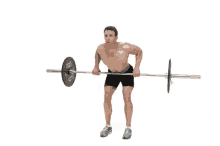
- Hinge at the hips with a barbell and slightly bend your knees.
- Pull the bar to your lower ribcage, elbows close to your body.
- Maintain the bent position without arching your back.
Pro insight: The lower back supports the static hold, improving your posture and resistance to fatigue.
7. Barbell Zercher Good Morning
Why it works: An intense variation that increases core and lower back demand.
How to do it:
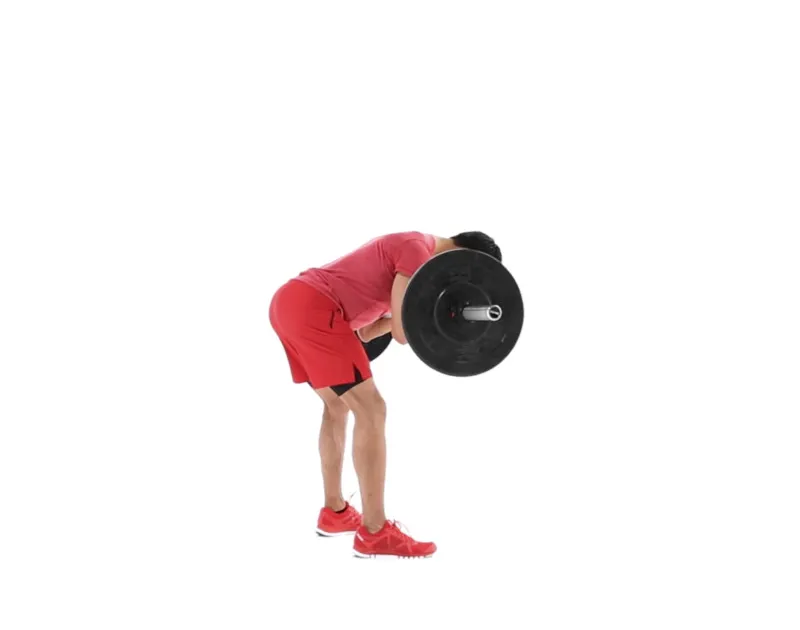
- Hold the barbell in the crooks of your elbows (Zercher position).
- Perform a good morning by hinging forward and returning upright.
Why it’s different: The front-loaded position challenges your spinal alignment and stabilizing muscles even more.
8. Barbell Jefferson Curl (Advanced)
Why it works: Focuses on controlled spinal flexion, which can improve lower back mobility and strength.
How to do it:

- Stand on a platform with a barbell.
- Slowly curl your spine from top to bottom, lowering the bar with straight arms.
- Reverse the motion to return.
Important: This move is for advanced lifters only — build up slowly and avoid heavy weight.
Also Read: 12 Best Bodyweight Adductor Exercises To Sculpt Your Inner Thighs
9. Barbell Suitcase Deadlift (Single-Side)
Why it works: A single-arm deadlift that challenges lateral stability and anti-rotation, great for spinal integrity.
How to do it:
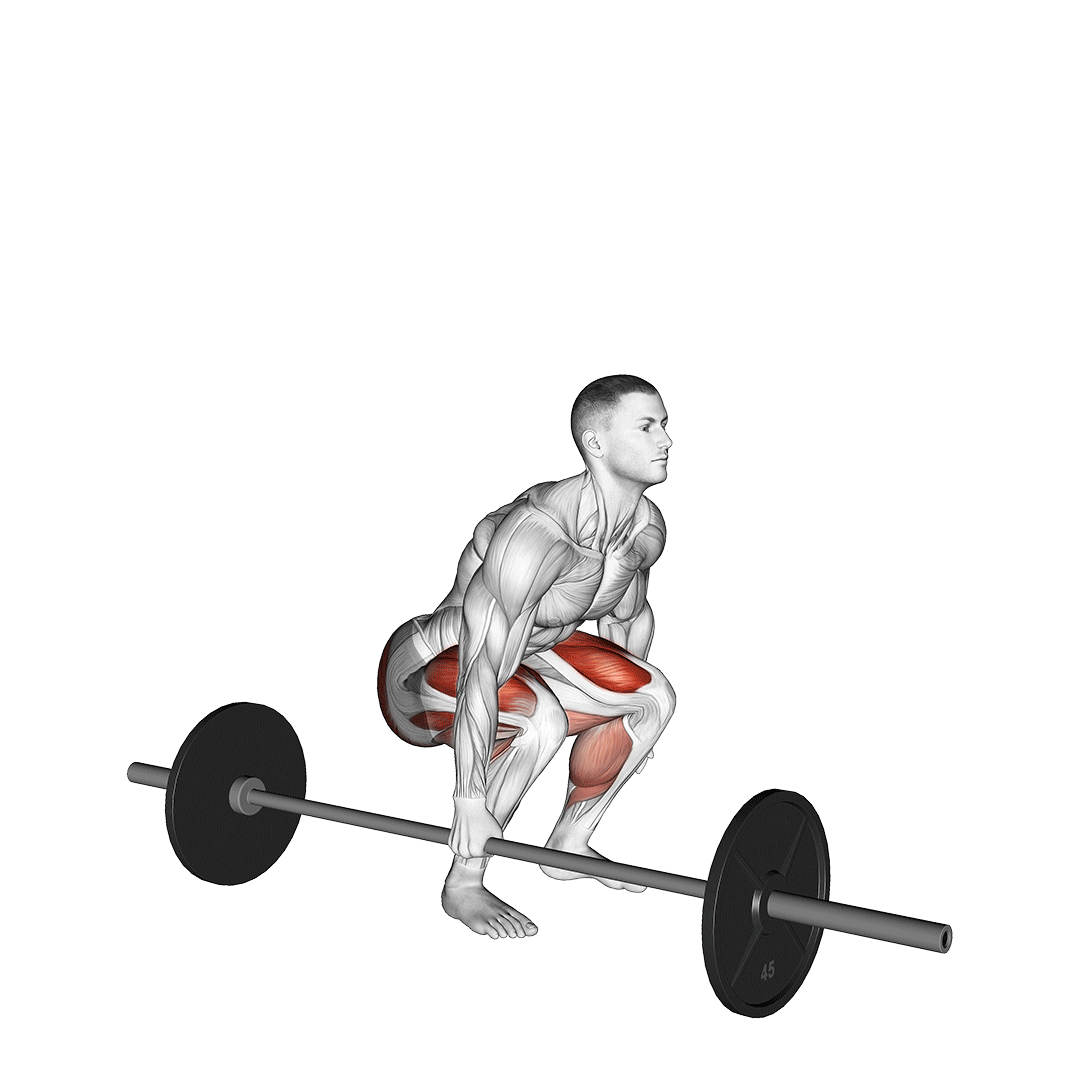
- Stand next to a barbell loaded on one side.
- With a neutral spine, pick it up like a suitcase and return.
Myth buster: Uneven loads don’t increase injury risk when trained properly — they reduce imbalances.
10. Barbell Back Extensions (on GHD or Roman Chair)
Why it works: Directly strengthens the erector spinae with a barbell held at the chest or back.
How to do it:
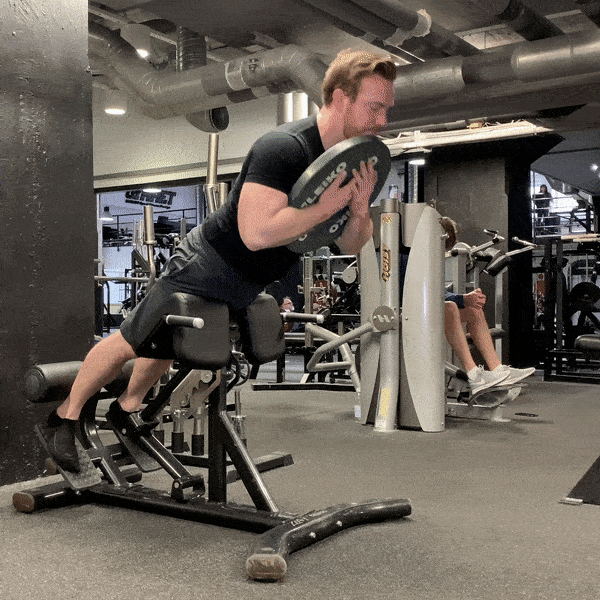
- Lie on a glute-ham developer or Roman chair.
- Hold a light barbell and bend forward at the waist.
- Extend back up without hyperextending.
Best use: Add this at the end of your workout to burn out your lower back safely.
Final Thoughts: Train Smart, Stay Strong
Lower back pain often starts with weakness, not injury. Adding these barbell movements to your program not only builds strength but also improves spine resilience, functional movement, and athletic power.
Choose 2–3 of these exercises per session, 2–3 times per week, and progress slowly. Don’t go heavy right away — form first, load later.
Also Read: 10 Must-Try Trapezius Exercises Using Gym Equipment You’re Underusing
Frequently Asked Questions (FAQs)
What are the best barbell exercises to strengthen the lower back?
The most effective barbell exercises for lower back strength include Romanian Deadlifts, Good Mornings, Barbell Deadlifts, Rack Pulls, and Zercher Good Mornings. These moves target the spinal erectors, glutes, and hamstrings — crucial for building a strong and pain-resistant lower back.
How often should I train my lower back with barbells?
It’s recommended to train your lower back 2–3 times per week with at least 48 hours of rest between sessions. Overtraining can lead to fatigue and injury, so proper recovery is just as important as the workout itself.
Are barbell exercises safe for people with lower back pain?
When performed with proper form and under supervision, many barbell exercises can actually help reduce lower back pain by strengthening the muscles that support the spine. However, it’s important to consult a healthcare professional or physiotherapist before starting if you already have back issues.
Do I need a heavy barbell to benefit from these workouts?
Not at all. The key is progressive overload and perfect form. You can start with a light or even unloaded barbell and gradually increase weight as your form and strength improve.
Can barbell workouts improve posture?
Yes. Exercises like Romanian Deadlifts and Good Mornings activate the posterior chain, especially the spinal erectors and glutes, which play a crucial role in maintaining upright posture and spinal alignment.
What muscles do barbell lower back exercises target?
These workouts primarily target the erector spinae, glutes, hamstrings, and core muscles. Some moves also engage the upper back, lats, and even the traps as stabilizers.
Should beginners do barbell lower back exercises?
Yes, but with caution. Beginners should start with bodyweight or resistance band variations, then progress to barbell lifts under guidance to avoid poor form and potential injuries.
Can these exercises help prevent injuries in other lifts like squats or deadlifts?
Absolutely. A strong lower back improves spinal stability and lifting mechanics, reducing the risk of injury during compound lifts such as squats, cleans, and heavy deadlifts.
What’s the difference between barbell deadlifts and rack pulls?
Deadlifts involve lifting the barbell from the floor through a full range of motion, while rack pulls start from a raised position, focusing on the top half of the lift — reducing strain on the knees and emphasizing lower back and glute engagement.
